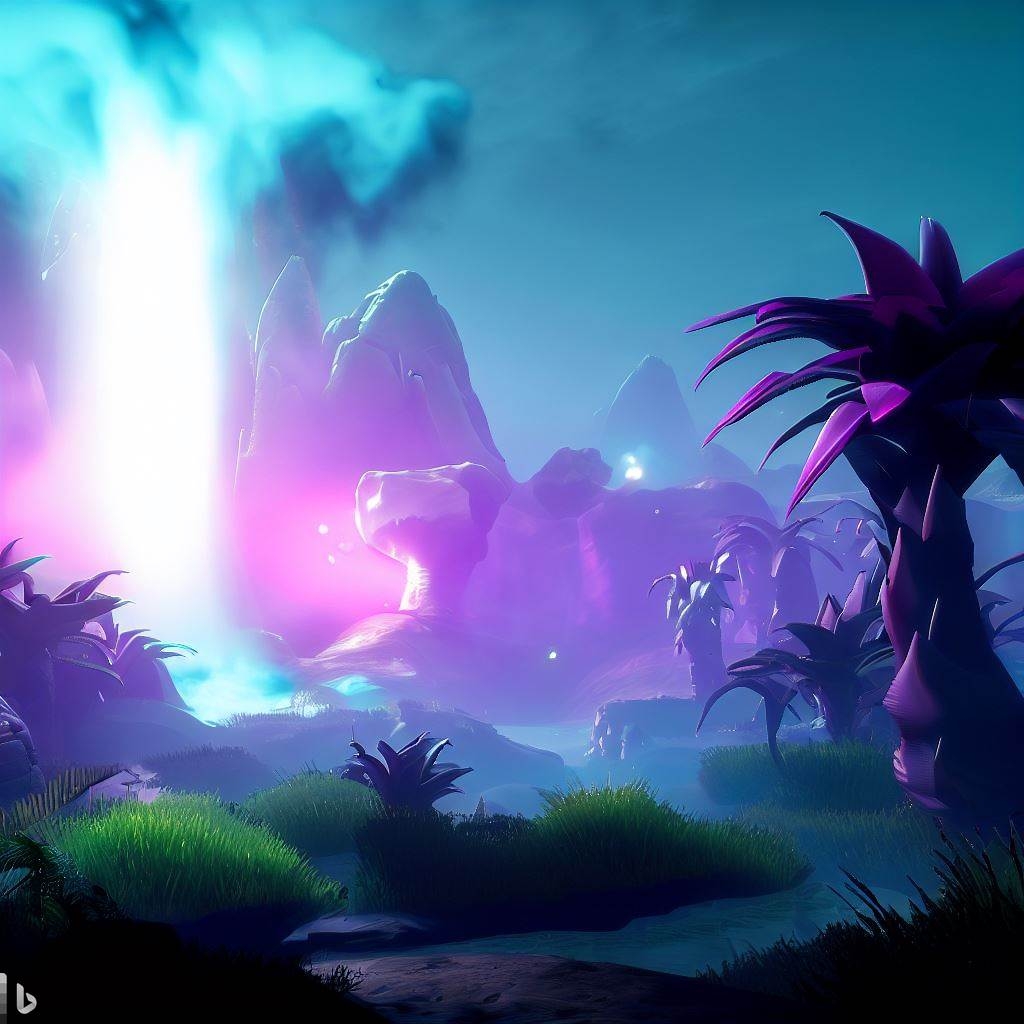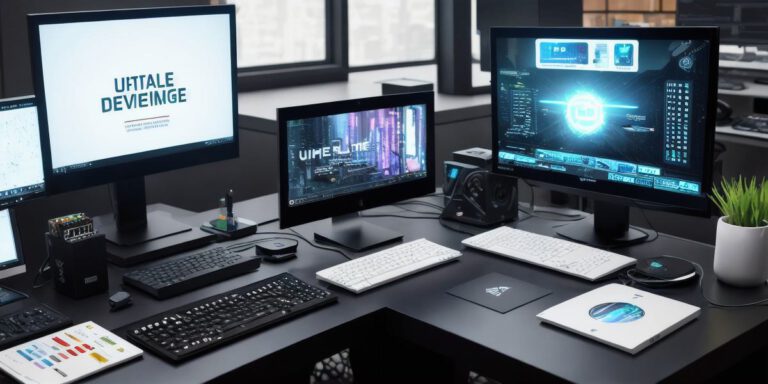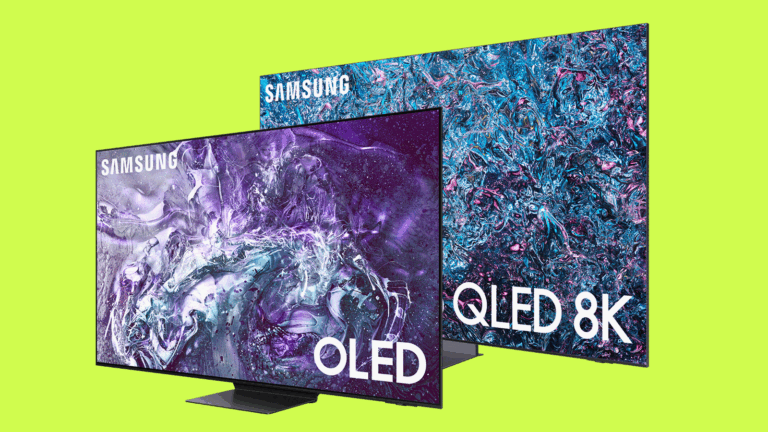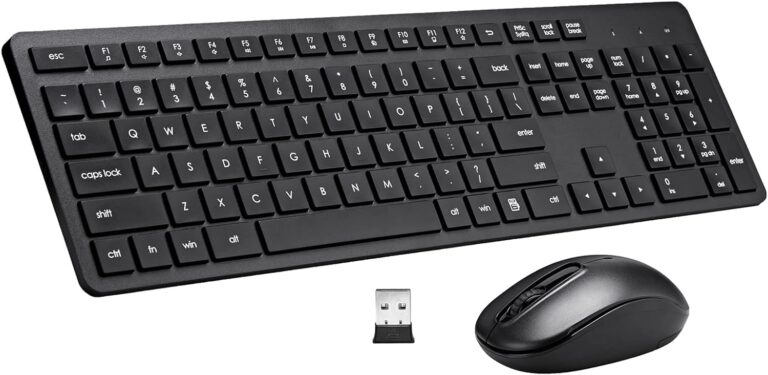Unreal Engine Mobile Game Development: Optimizing Performance and Creating Engaging Mobile Games

The mobile gaming industry is thriving, with millions of players worldwide seeking immersive and entertaining experiences on their smartphones and tablets. Unreal Engine, a powerful game development platform, offers developers a robust set of tools and features to create stunning mobile games. In this article, we will explore best practices for optimizing mobile games developed with Unreal Engine, as well as provide tutorials on creating specific types of mobile games to help you unlock your potential as a mobile game developer.
- Optimizing Unreal Engine Games for Mobile Platforms: 1.1. Asset Optimization:
- Compress textures and reduce texture resolution.
- Use LOD (Level of Detail) settings to manage the level of detail based on the distance from the camera.
- Employ texture streaming to load textures on demand.
- Minimize draw calls by merging static meshes and reducing overlapping geometry.
1.2. Performance Profiling and Optimization:
- Utilize Unreal Engine’s built-in profiling tools to identify performance bottlenecks.
- Optimize CPU usage by optimizing code, reducing unnecessary calculations, and minimizing function calls.
- Optimize GPU usage by reducing overdraw, using efficient shaders, and implementing occlusion culling.
- Optimize memory usage by minimizing unnecessary asset loading and unloading.
1.3. Mobile-Specific Considerations:
- Adjust controls and UI elements for touch input and smaller screen sizes.
- Optimize battery consumption by reducing unnecessary background processes and optimizing rendering.
- Test your game on various mobile devices to ensure compatibility and performance across different hardware configurations.
- Creating Specific Types of Mobile Games with Unreal Engine: 2.1. Endless Runner Game Tutorial:
- Learn how to create an endless runner game, where the player controls a character navigating through obstacles.
- Implement swipe gestures for character control and obstacle avoidance.
- Utilize Unreal Engine’s Blueprint visual scripting system to create dynamic and randomized levels.
2.2. Puzzle Game Tutorial:
- Explore the creation of a captivating puzzle game using Unreal Engine.
- Implement intuitive touch controls for interaction with puzzle elements.
- Integrate physics-based puzzles and level progression mechanics.
2.3. Multiplayer Game Tutorial:
- Discover the process of developing a multiplayer game experience for mobile platforms.
- Implement networking features to allow players to compete or collaborate in real-time.
- Explore strategies for minimizing latency and optimizing network performance.
Conclusion: Unreal Engine provides a feature-rich and versatile framework for developing engaging and visually stunning mobile games. By optimizing your game’s performance and tailoring it for mobile platforms, you can create unforgettable experiences for players around the world. Whether you’re developing an endless runner, a puzzle game, or a multiplayer experience, Unreal Engine offers the tools and resources to bring your vision to life. Embrace these best practices and tutorials to unleash your creativity and embark on a successful journey in the world of Unreal Engine mobile game development.










